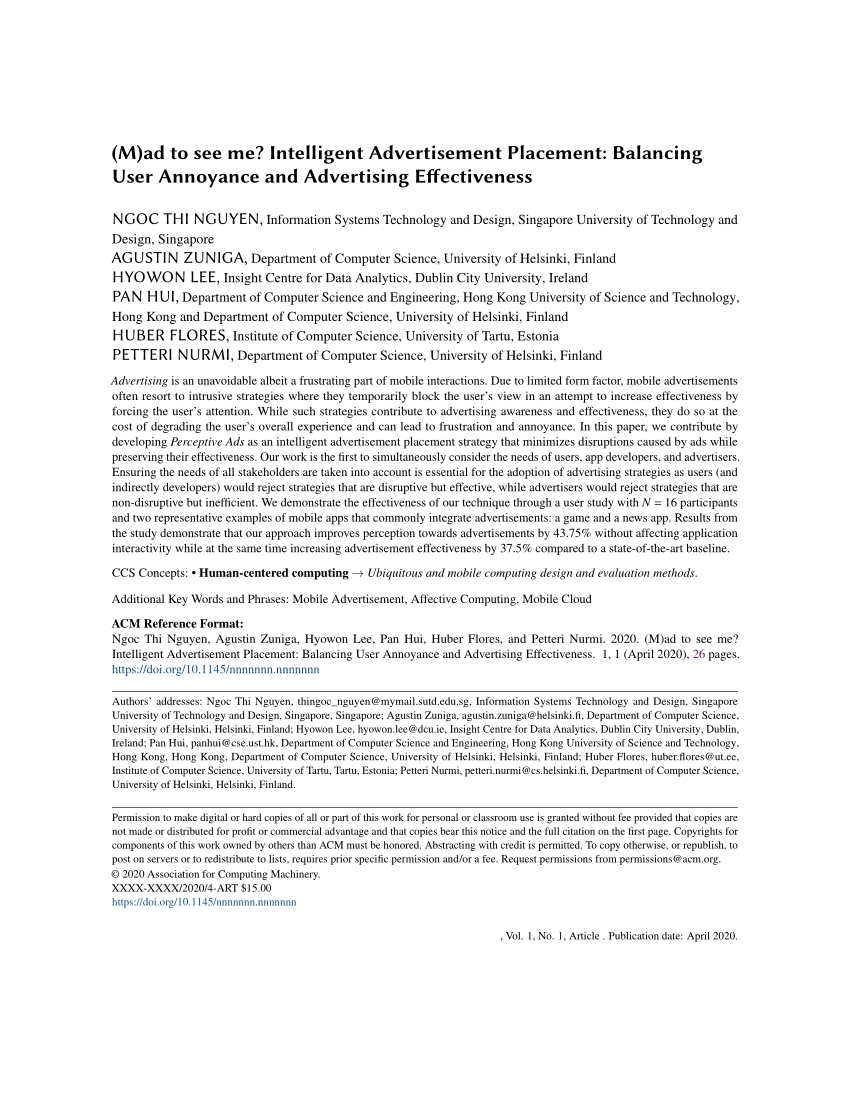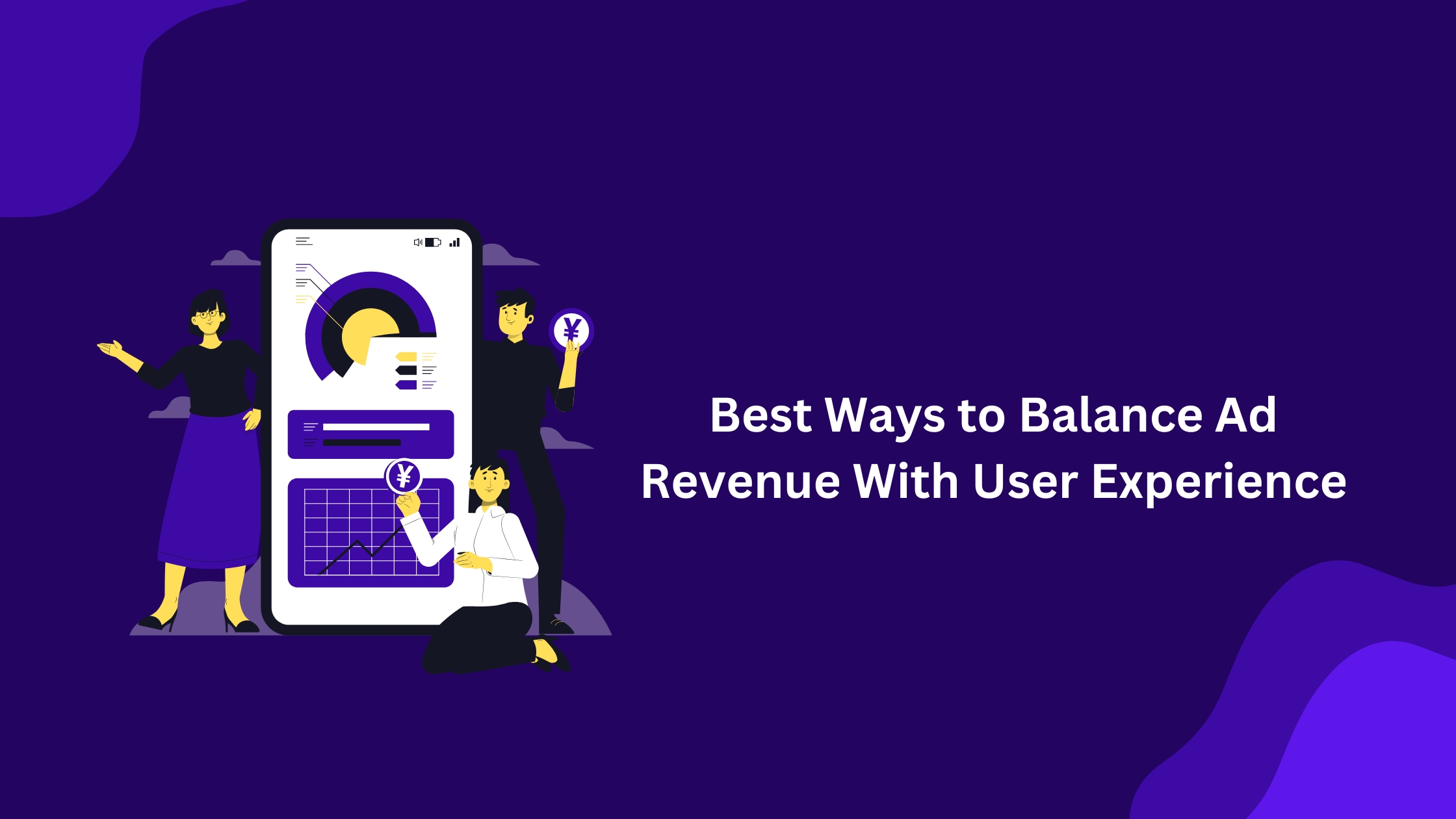Finding a Balance between User Experience and Financial Gain
Buy CPC Traffic | Buy Display Ads | Exclusive traffic sources | Buy Push Ads | Popunder ADS | Buy Native Ads | Buy Preroll Ads

Buy CPC Traffic | Buy Display Ads | Exclusive traffic sources | Buy Push Ads | Popunder ADS | Buy Native Ads | Buy Preroll Ads
In today's digital age, online advertising has become an integral part of the internet landscape. As websites strive to monetize their content and generate revenue, they turn to various advertising methods, such as popunder ads. However, the ethical implications of using popunder ads have sparked a heated debate among advertisers, publishers, and users alike.
The main concern surrounding popunder ads lies in their impact on user experience. When a user visits a website, they expect to have a seamless and uninterrupted browsing experience. Popunder ads, on the other hand, often open in a new tab or window without the user's consent, disrupting their browsing flow and causing frustration. This intrusion can lead to a negative perception of the website and tarnish its reputation.
On the flip side, popunder ads offer a lucrative revenue stream for publishers. These ads are known for their high conversion rates and can generate significant income for websites. For publishers who heavily rely on advertising as their primary source of revenue, popunder ads may seem like an enticing option to boost their earnings. However, the ethical dilemma arises when considering the potential harm to the user experience and the reputation of the website.
Successfully navigating the ethical landscape of popunder ads requires striking a delicate balance between user experience and revenue generation. Publishers must prioritize the needs and satisfaction of their users while still harnessing the potential of popunder ads to generate income. This can be achieved by implementing user-friendly ad formats, providing clear opt-out options, and ensuring transparency in the ad placement and frequency.
In conclusion, the use of popunder ads poses ethical challenges for advertisers and publishers in terms of user experience and revenue generation. Although these ads offer a tempting financial opportunity, they can potentially harm the reputation of a website and alienate users. Striking the right balance between user experience and revenue generation is crucial for maintaining a sustainable and ethical advertising ecosystem.
Understanding Popunder Ads: A Comprehensive Guide
In today's digital advertising landscape, popunder ads have become increasingly prevalent. Understanding the intricacies of this advertising format is crucial for businesses seeking to maximize revenue generation while maintaining a positive user experience. This comprehensive guide aims to shed light on the essence of popunder ads, their benefits and drawbacks, and how to navigate the ethical considerations surrounding their implementation.
What are Popunder Ads?
Popunder ads are a type of online advertisement that appears in a new browser window or tab behind the current active window. Unlike pop-up ads, which appear in front of the active window, popunder ads only become visible when the user closes or minimizes the active window. This characteristic allows popunder ads to capture the user's attention without interrupting their browsing experience.
The Benefits of Popunder Ads
Popunder ads offer several benefits for businesses looking to promote their products or services:
Higher conversion rates: Popunder ads are less intrusive than pop-up ads, leading to higher click-through rates and conversion rates.
Increased brand exposure: Popunder ads can reach a wider audience by appearing in a separate window or tab. This exposure increases brand visibility and recognition.
Enhanced targeting options: Popunder ads can be targeted to specific demographics or audiences, increasing the likelihood of reaching the intended target market.
Cost-effective advertising: Popunder ads often have lower cost-per-click rates compared to other forms of online advertising, making them a cost-effective option for businesses with limited budgets.
The Drawbacks of Popunder Ads
While popunder ads offer numerous advantages, they also come with a set of drawbacks that require careful consideration:
User experience concerns: Popunder ads can disrupt the user's browsing experience if overused or implemented without proper consideration for user preferences.
Ad blocking software: Many users utilize ad-blockers that can prevent popunder ads from being displayed, limiting their reach and effectiveness.
Ethical considerations: Popunder ads can potentially violate user privacy if they collect personal information without consent or if they lead to malicious websites.
Reputation management: Inappropriate or intrusive popunder ads can damage a brand's reputation and result in negative user feedback.
Conclusion
Understanding the ins and outs of popunder ads is essential to strike a balance between revenue generation and user experience. By weighing the benefits and drawbacks and carefully navigating the ethical landscape, businesses can effectively leverage popunder ads to achieve their advertising goals while maintaining a positive brand image.
The Ethics Behind Popunder Ads: Striking a Balance
Popunder ads have become a popular method for website owners and advertisers to generate revenue. However, along with their effectiveness in generating revenue, popunder ads also raise ethical concerns that need to be addressed.
User Experience Considerations
One of the key ethical concerns with popunder ads is the impact they have on user experience. Popunder ads, when not implemented properly, can disrupt the browsing experience and annoy users. They can interrupt the flow of content, reduce page load times, and even lead to accidental clicks. As website owners and advertisers, it is essential to strike a balance between revenue generation and providing a positive user experience.
Implementing frequency capping is one way to address this concern. By limiting the number of popunder ads shown to a user within a specified time period, website owners can ensure that the browsing experience is not overwhelmed by popunders.
Ensuring that the popunder ads are relevant and align with the user's interests can also help improve the user experience. When users see popunder ads that are interesting and relevant to them, they are more likely to engage with the ad and view it as a valuable part of their browsing experience.
Transparency and Consent

Another ethical consideration with popunder ads is the issue of transparency and consent. Users should be informed about the presence of popunder ads on a website and should have the option to opt-in or opt-out of seeing these ads. This can be done by clearly displaying a notification or providing a checkbox for users to choose whether they want to see popunder ads.
Furthermore, it is important to be transparent about the data collection practices associated with popunder ads. Users should be aware of what information is being collected and how it will be used. This helps build trust and ensures that users can make informed decisions about their privacy.
The Role of Cheap Popunder Ads

Cheap popunder ads can be an effective way for website owners and advertisers to achieve their revenue goals. However, it is crucial to consider the ethical implications of using cheap popunder ads. While affordability may be a driving factor, it is essential to ensure that these ads meet the standards of a positive user experience and comply with privacy regulations. Prioritizing transparency, consent, and relevant targeting can help strike the right balance between revenue generation and ethical practices.
Enhancing User Experience: Best Practices for Popunder Ads
Popunder ads are known for their intrusive nature, but with careful implementation, they can still offer a positive user experience. By following these best practices, website owners and advertisers can strike a balance between revenue generation and user satisfaction:
Frequency control: Limit the number of popunder ads a user sees within a given time frame. Overwhelming users with too many popunders can result in frustration and increased bounce rates.
Relevance: Ensure that the popunder ads shown are contextually relevant to the user's interests and the content of the website. Displaying irrelevant ads can lead to a negative user experience and reduce the likelihood of engagement.
Opt-out options: Provide users with clear and accessible options to close or skip popunder ads. Allowing users to easily dismiss ads can help create a sense of control and reduce frustration.
Mobile optimization: Optimize popunder ads for mobile devices to ensure they are displayed properly and do not disrupt the user experience. Responsive design and proper sizing can significantly improve user satisfaction.
Load times: Minimize the loading time of popunder ads to prevent delays or interruptions to the user's browsing experience. Slow-loading ads can contribute to user frustration and negatively impact engagement.
Avoid deceptive tactics: Be transparent about popunder ads and avoid using deceptive tactics such as misleading buttons or misleading ad content. Transparency builds trust and maintains a positive user experience.
Test and monitor: Continuously test and monitor the performance of popunder ads to ensure they are not causing usability issues or negatively impacting website metrics. Regular monitoring allows for adjustments and optimizations that prioritize the user experience.
By implementing these best practices, website owners and advertisers can enhance the user experience of popunder ads and minimize their disruptive impact. Balancing revenue generation with user satisfaction is key to navigating the ethical landscape of popunder ads.
Minimizing Intrusion: Ethical Strategies for Popunder Ads

Popunder ads can be an effective revenue generation tool for websites, but it is crucial to navigate the ethical landscape in order to strike a balance between user experience and revenue generation. To ensure that popunder ads are not intrusive and do not negatively impact the user experience, there are several ethical strategies that website owners can employ.
1. Frequency Capping

One of the key ethical strategies for minimizing the intrusion of popunder ads is to implement frequency capping. This involves setting limits on the number of popunder ads that a user will be exposed to within a specific time frame. By controlling the frequency of popunders, website owners can prevent users from feeling overwhelmed or frustrated by excessive ad interruptions.
2. Relevant and Non-Disruptive Placement

Another important ethical consideration is the placement of popunder ads. Website owners should ensure that the ads are relevant to the content of the website and do not disrupt the user's browsing experience. Placing popunders in a way that does not interfere with the main content or navigation of the website can help minimize intrusion and enhance user experience.
Additionally, it is crucial to make popunder ads easily dismissible. Providing users with a clear and visible option to close the ad without any hassle can show respect for their time and attention.
In conclusion, minimizing the intrusion of popunder ads requires ethical strategies that prioritize user experience while still generating revenue. Implementing frequency capping and ensuring relevant and non-disruptive ad placement are key considerations in navigating the ethical landscape of popunder advertising.
Monetizing Websites: Generating Revenue with Popunder Ads

Popunder ads have become a popular method for website owners to monetize their websites and generate revenue. These types of ads work by opening a new browser window or tab underneath the current browser window, allowing the user to continue browsing the website while the ad is displayed in the background.
One of the main advantages of using popunder ads is their ability to generate higher revenue compared to other forms of advertising. Since popunder ads are not directly in the user's line of sight, they are less intrusive and are more likely to be noticed and clicked on. This can result in higher click-through rates, leading to increased revenue for website owners.
However, it is important for website owners to strike a balance between generating revenue and providing a positive user experience. While popunder ads can be an effective way to generate revenue, they can also be seen as intrusive and annoying by users if not implemented properly.
Best Practices for Implementing Popunder Ads
To ensure a positive user experience while still generating revenue with popunder ads, website owners should follow these best practices:
Frequency capping: Limit the number of popunder ads that are displayed to each user within a specific time frame. This prevents users from being inundated with ads and helps maintain a positive user experience.
Relevance: Display ads that are relevant to the content of the website and the interests of the user. This increases the likelihood of users engaging with the ads and generates higher revenue.
Exit-intent triggers: Use exit-intent technology to trigger popunder ads when a user is about to leave the website. This ensures that the ads are less intrusive and provides a better user experience.
Transparency and User Consent
Another important aspect of monetizing websites with popunder ads is transparency and user consent. Website owners should clearly disclose the use of popunder ads to their users and provide them with the option to opt-out or disable the ads if desired. This helps build trust with users and ensures that they have control over their browsing experience.
In conclusion, popunder ads can be an effective way for website owners to monetize their websites and generate revenue. By following best practices and ensuring transparency and user consent, website owners can strike a balance between revenue generation and providing a positive user experience.
Industry Regulations: Compliance and Responsibility
When it comes to popunder ads, industry regulations play a crucial role in ensuring compliance and responsibility. Advertisers, publishers, and ad networks must all adhere to these regulations to ensure a positive user experience while generating revenue.
Protecting User Privacy
One of the key areas of focus for industry regulations is user privacy. Advertisers must collect and handle user data in a responsible and transparent manner. This includes obtaining explicit consent for data collection and ensuring that user data is securely stored and protected from unauthorized access.
Regulations also require advertisers to provide clear and easily accessible privacy policies that outline how user data will be used. By complying with these regulations, advertisers can build trust with users and maintain a positive reputation.
Preventing Deceptive Practices
Another important aspect of industry regulations is the prevention of deceptive practices. Advertisers must ensure that their popunder ads are clearly labeled as advertisements, so users can easily identify them as separate from the content they are viewing.
Regulations also prohibit deceptive ad practices such as misleading claims or false information. Advertisements must accurately represent the product or service being promoted, and any claims made must be substantiated.
Monitoring and Enforcement

To ensure compliance with industry regulations, there are monitoring and enforcement mechanisms in place. Ad networks and publishers must regularly monitor the ads being served on their platforms to identify any potential violations.
Industry associations, regulatory bodies, and self-regulatory programs also play a role in monitoring and enforcing compliance. These entities provide guidance and resources to help advertisers, publishers, and ad networks understand and adhere to the regulations.
By complying with industry regulations, advertisers can build trust with users and maintain a positive reputation.
Ensuring a positive user experience helps to foster a healthy advertising ecosystem and encourages users to engage with ads.
Regulations help prevent deceptive practices and false advertising, protecting users from misleading or harmful content.
Creating an environment of transparency and trust contributes to the overall credibility of the advertising industry.
Monitoring and enforcement mechanisms ensure that the industry operates in line with ethical standards and prevents non-compliant behavior.
Protecting user privacy and preventing deceptive practices enhances the overall credibility and trustworthiness of the advertising industry.
Overall, industry regulations play a critical role in shaping the ethical landscape of popunder ads. By complying with these regulations, advertisers, publishers, and ad networks can balance user experience and revenue generation while maintaining trust and integrity in the industry.
How can websites balance user experience and revenue generation?
Websites can balance user experience and revenue generation by carefully selecting and implementing popunder ads that are relevant to the user and do not negatively impact their browsing experience. This can be done by using frequency capping to limit the number of popunder ads shown to a user, ensuring the ads are not intrusive or deceptive, and providing an option for users to easily close the ads if they are not interested. It is also important for websites to consider the overall design and layout of their site to ensure that popunder ads do not disrupt the user experience.
What are some ethical concerns with popunder ads?
Some ethical concerns with popunder ads include their potential to disrupt the user experience, deceive users, or be used to spread malware or malicious content. Popunder ads that are overly intrusive or difficult to close can be frustrating for users and may lead to a negative perception of the website. Additionally, deceptive popunder ads that mislead users or trick them into clicking on the ad can erode trust and harm the reputation of the website. It is important for websites to carefully vet the popunder ad providers they work with to ensure they are not engaging in unethical practices.
What are some strategies for implementing popunder ads ethically?
There are several strategies for implementing popunder ads ethically. First, websites should carefully vet the ad providers they work with to ensure they have a reputation for ethical practices. Websites should also use frequency capping to limit the number of popunder ads shown to a user, ensuring they do not become too intrusive or repetitive. It is also important for websites to provide an easy and obvious way for users to close popunder ads if they are not interested. Finally, websites should consider the overall user experience and design of their site to ensure that popunder ads do not disrupt or detract from the user experience.
How can websites ensure that popunder ads are not intrusive or deceptive?
Websites can ensure that popunder ads are not intrusive or deceptive by carefully selecting and vetting the ad providers they work with. They should choose providers that have a reputation for ethical practices and providing relevant and non-malicious ads. Additionally, websites should regularly monitor and review the popunder ads that are being served on their site to ensure they meet ethical standards. Websites should also provide a clear and easy way for users to close popunder ads if they are not interested, and should consider the overall design and layout of their site to ensure that popunder ads do not disrupt the user experience.
Why is it important for websites to balance user experience and revenue generation?
It is important for websites to balance user experience and revenue generation because a positive user experience is essential for attracting and retaining users. If a website's user experience is negatively impacted by intrusive or deceptive popunder ads, users are likely to leave and may not return. On the other hand, revenue generation is important for sustaining and growing a website. By carefully selecting and implementing popunder ads that balance user experience and revenue generation, websites can maximize their potential for both attracting and retaining users, as well as generating revenue.
What are popunder ads?
Popunder ads are a type of online advertising that open in a new window behind the current browser window, rather than in front of it. They are often used to generate revenue for websites by displaying ads to users.
Buy CPC Traffic | Buy Display Ads | Exclusive traffic sources | Buy Push Ads | Popunder ADS | Buy Native Ads | Buy Preroll Ads
2022-2024 @ Navigating the Ethical Landscape of Popunder Ads: Balancing User Experience and Revenue Generation